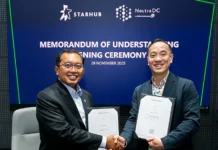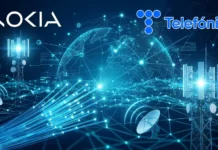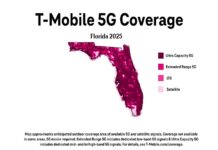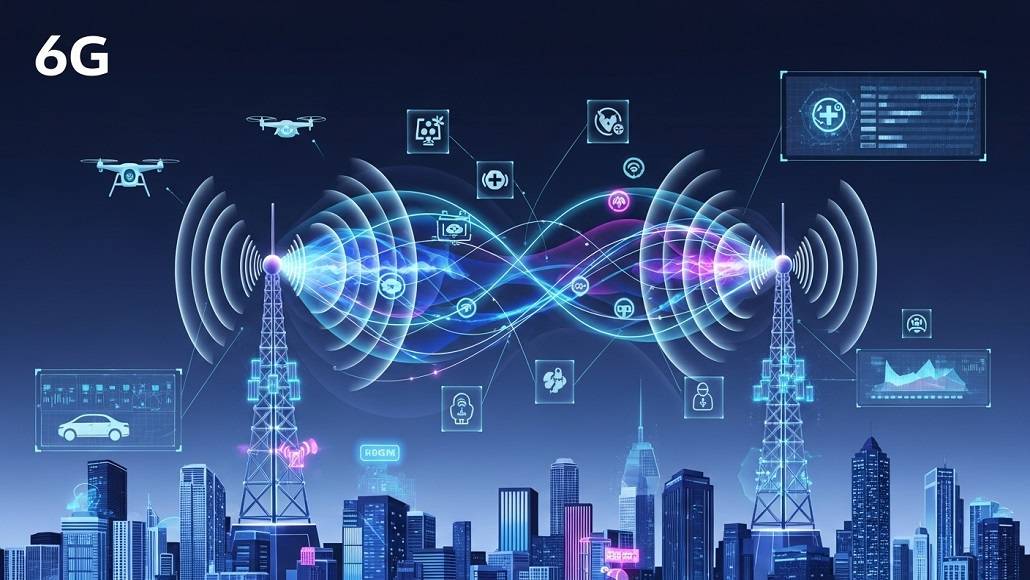Today, 5G Americas, the voice of 5G and beyond in the Americas, announced the publication of its newest white paper, “Transforming Industries with Integrated Sensing and Communication.” This is happening as the cellular industry gets set to switch to 6G. The study speaks about how Integrated Sensing and Communication (ISAC) might improve mobile networks in the future by allowing them to communicate and understand their environment at the same time. This will provide new methods to produce money and new uses.
“ISAC is a transformative technology that combines radar-like sensing with traditional communications, turning wireless networks into intelligent infrastructure capable of perceiving the physical world,” said Viet Nguyen, President of 5G Americas.
ISAC allows mobile networks to detect things that aren’t moving by utilising the same or different radio frequencies that they use to talk to one other. JSAC (Joint Sensing and Communication) makes it possible to use the same radio waves. Networks can perform things like find items, keep an eye on movement, and know what’s going on around them without having to connect directly to devices by adding sensing to cellular infrastructure.
The most essential things in the Transforming Industries with Integrated Sensing and Communication white paper are:
- Dual-Purpose Functionality: ISAC systems employ the same radio signals for both communication and sensing, which makes the network design more useful and efficient.
- A lot of different uses: ISAC makes it possible to utilize it in a lot of different ways, such as in public safety, healthcare, transportation, industrial automation, and immersive experiences. Some applications include managing UAV traffic, reacting to crises, finding people who have fallen, and constructing smart city infrastructure.
- New methods to generate money: The notion of “Sensing as a Service” allows mobile carriers new opportunities to make money by allowing companies access important data about location, movement, and object identification via API-based platforms.
- Technical and Operational Challenges: Some of the most important difficulties include making waveforms that can accomplish two things at once, cutting down on interference, and putting edge-based AI to work. ISAC requires real-time resource management and an architecture that can expand to work best.
- Standardisation Momentum: The Third Generation Partnership Project (3GPP) has begun ISAC work on 5G-Advanced and 6G with Release 19. Releases 20 and 21 are intended to make things even better. For broad usage, it is important for suppliers, researchers, and regulatory bodies in the ecosystem to work together.
“ISAC redefines the capabilities of cellular networks by embedding sensing directly into the fabric of communication infrastructure,” said Paul Tse, Director Strategy and Technology at Ericsson and working group leader for the white paper. “It offers both technical and economic benefits while advancing the capabilities of smart and automated systems.”
“ISAC development is a cornerstone for enabling context-aware services and digital twin technologies in 6G,” said Amitava Ghosh, Nokia Fellow and key contributor to the report. “It also opens the door for carriers to offer advanced, data-driven services that improve safety, streamline automation, and support next-generation mobility.”



















